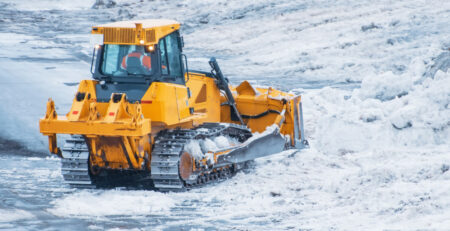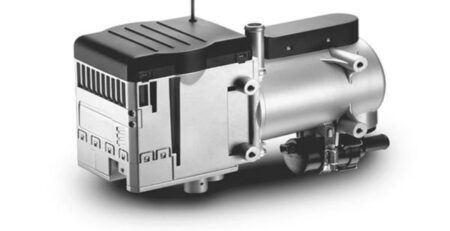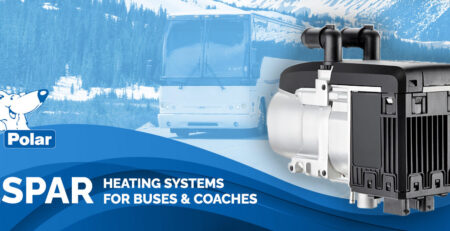Part 1 of 3: Operator’s Health and Safety
“The first priority and concern of all in the coal or other mining industries must be the health and safety of its most precious resource – the miner.”
Many on-the-job factors can affect a worker’s ability to get the job done. Whether it is the health of the employee at stake or the health of the equipment used, downtime is extremely expensive.
In this day-and-age, the risk of ignoring the health and safety of employees is too high. The future liabilities could be massive if employers do not take precautions and use the most up to date technologies to protect their people today!
There is an elevated risk of respiratory illness that exists for the mining workforce which is caused by exposure to airborne particles in the mining environment.
It is the “dust” we do not see that is more of an issue. With this in mind, and depending on the conditions, it is usually fair to assume that a dust cloud that is visible to the naked eye may represent a hazard.
In a day and age where smoking (particulate >0.5µ), is barred from work and public places, the industry still seems to be ignorant about the extent and ramifications of Airborne Particulate and Fibre Exposure of harmful/carcinogenic “dust” and particulate in the Workplace that can cause respiratory disease.
In the spotlight right now is the effect of Crystalline Silica, Asbestos, Diesel Particulate
Matter “DPM”, Coal dust, and C02 on health and safety. Coal, Silica, and Asbestos become respirable size particles when workers chip, cut, drill, or grind objects when mining.
Crystalline silica
Crystalline silica is a basic component of soil, sand, granite, and many other minerals. Quartz is the most common form of crystalline silica.
When this silica is ingested by a human or machine bad things happen. Studies show that upwards of 600 workers die each year from silicosis developed from overexposure to silica at work.
Silicosis
Silicosis or miner’s phthisis, grinder’s asthma, potter’s rot, and other occupation-related names is a form of occupational lung disease caused by inhalation of crystalline silica dust and is marked by inflammation and scarring in the form of nodular lesions in the upper lobes of the lungs.
Asbestos
Asbestos the naturally occurring, heat-resistant fibrous silicates of which the fibres are long and thin, and either curved or are straight. The curved fibres make up serpentine asbestos and the straight fibres make up amphibole asbestos. Chrysotile is by far the most common type of asbestos fibre produced in mining. Asbestos is found in virtually all types of mining operations!
In the 1950s and 1960s, researchers established asbestos exposure and asbestosis as a predisposing factor for bronchogenic carcinoma and malignant mesothelioma.
Asbestosis
Asbestosis is a chronic inflammatory and scarring disease affecting the tissue of the lungs. People with the condition may experience severe shortness of breath and are at an increased risk for certain cancers, including lung cancer and, less commonly, mesothelioma (cancer of the pleura).
Diesel particulate matter (DPM)
Diesel particulate matter (DPM) is a significant concern since the particles formed are virtually all submicron in size and easily penetrate the lung as well as into the tissue and blood.
DPM particles reside in the mining environment for long periods due to an essentially zero settling velocity and is a known human carcinogen. Chronic exposure to this substance increases the risk of cardiovascular, cardiopulmonary, and respiratory diseases.
DPM is mostly confined to the nanoscale particle diameters. Methods for removing it from the vehicular exhaust are challenging and the particles have virtually no inertia at these small diameters and can linger in the air.
The Cancer Council Australia state that those who work around diesel fumes are 40 percent more likely to get lung cancer.
Experts say “exposure to diesel fumes is Australia’s second most prevalent work-based cancer-causing agent.” The Council has issued a warning to those who work with
diesel-powered engines, vehicles, and machinery to be aware of the associated risks of lung cancer.
According to the Council > 130 Australian workers are diagnosed every year with lung cancer resulting in being exposed to diesel fumes in the workplace.
Cancer Council Australia’s Occupational / Environmental Cancer Committee chair Terry Slevin (Owner Driver Oct 2016) reportedly says “that while the risks of working in the sun or in demolition are well known, the effects of working on heavy vehicles aren’t as commonly known by the community. Awareness of the risks of exposures like asbestos and UV radiation are increasing and reflected in gradual improvements in work safety practices”.
The Cancer Council states in their WA Occupational Exposure to Carcinogens in
Australia Report – 2015 that some of the key issues are:
- Occupational exposures to carcinogens are estimated to cause over 5,000 new cases of cancer in Australia each year.
- Approximately 3.6 million Australians could be exposed to one or more carcinogens at work.
- The number of occupationally caused cancers compensated each year equates to less than eight percent of the expected number.













